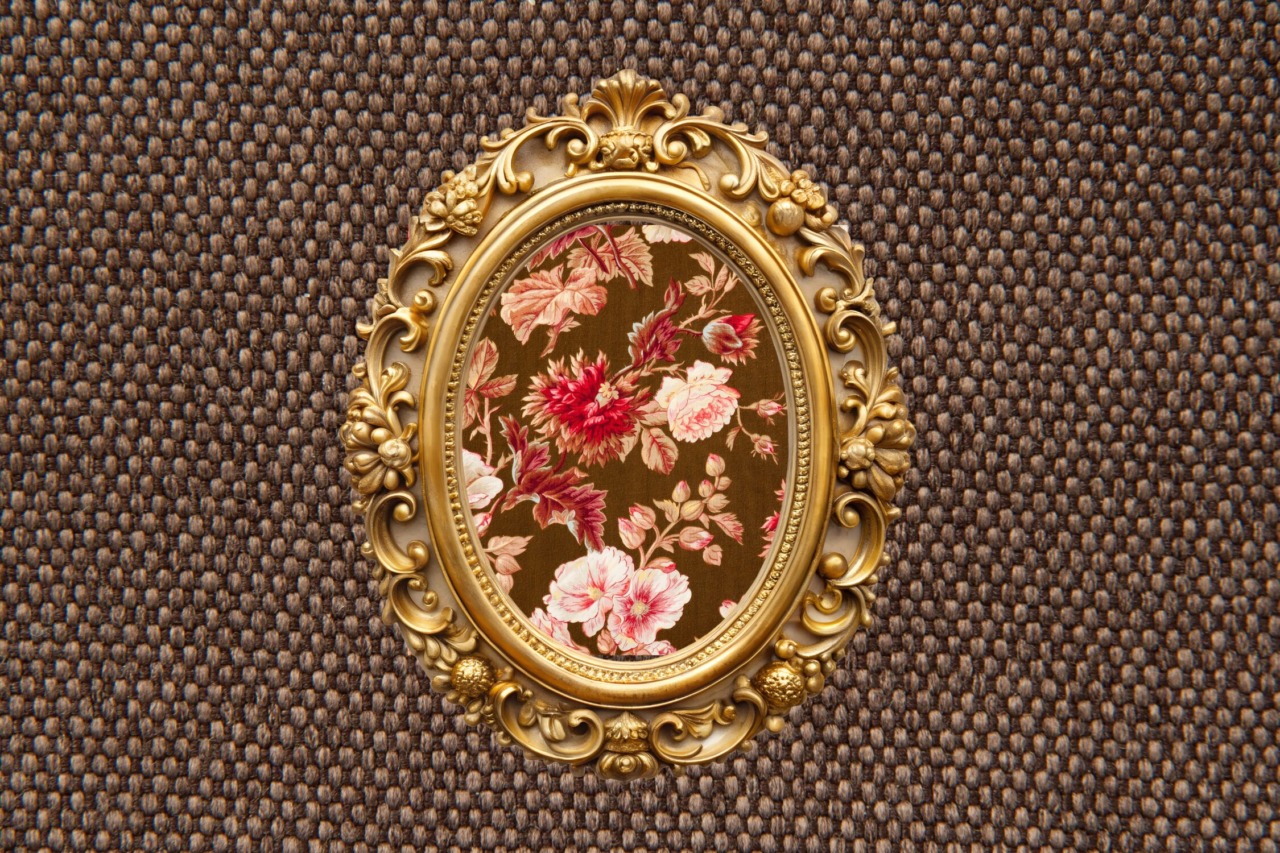

Once, almost every Serbian home had a gobelin — a finely embroidered picture framed in gold and proudly displayed above the sofa. Our grandmothers spent countless hours with needle and thread, creating pieces that reflected patience, care, and love. Today, in an age of instant creation, these gobelins remind us of a time when life moved slower, and beauty was crafted by hand and heart.
Origins and meaning
The art of tapestry embroidery originated in France but soon spread across Europe, finding a special place in Serbian homes. By the mid-20th century, making gobelins had become one of the most beloved domestic crafts — a blend of skill, devotion, and aesthetic sense.

Common motifs included landscapes with deer, religious icons, floral arrangements, and romantic scenes. A gobelin was more than decoration — it was a reflection of the household’s values, a quiet mark of pride and tradition. For many families, it was a cherished object passed from one generation to another.
The art of patience
Creating a gobelin was an act of mindfulness. It required calm, precision, and focus. Each color tone was chosen carefully, each stitch placed with intention. Grandmothers would work by the warm glow of a lamp, during long winter evenings, while the radio hummed softly and the smell of fresh pastries filled the air. It wasn’t just about filling the canvas — it was about creating beauty through quiet persistence.
That is why people say gobelins “have a soul” — every thread carries emotion, every stitch tells a story.
A symbol of home and warmth
In the past, gobelins were treasured gifts for weddings, housewarmings, and anniversaries — a gesture of care and continuity. The famous “deer gobelin,” seen in countless Serbian homes, became almost iconic. These scenes represented harmony, peace, and the beauty of domestic life — values deeply rooted in Serbian tradition.

For many women, making gobelins was not merely a pastime; it was an expression of identity, patience, and dedication. It connected them to family, memory, and home.
Rediscovering forgotten beauty
Today, old gobelins are once again appreciated. Collectors, designers, and young artists are rediscovering their timeless elegance. Vintage markets and antique shops across Serbia hold hidden treasures — hand-stitched masterpieces waiting for a new wall to adorn.

In modern interiors, gobelins bring a unique aesthetic: a warm contrast to minimalism, a reminder of authenticity and human touch. As society turns toward “slow living,” the art of handcrafting — embroidery, weaving, pottery — is being celebrated once more as a form of mindfulness and preservation.
Threads of memory
Almost every Serbian family keeps one old gobelin — still hanging proudly in a living room or tucked away in an attic. When we look at them today, we don’t just see threads and colors; we see hands, patience, and love. Gobelins are woven memories — bridges between generations, carrying warmth from the past into the homes of the present.
They remind us that art doesn’t always hang in galleries — sometimes, it lives quietly on our walls, stitched with love.
Related Articles


Winter Wine Escape: Serbia’s Most Beautiful Holiday Wineries
December 11, 2025







